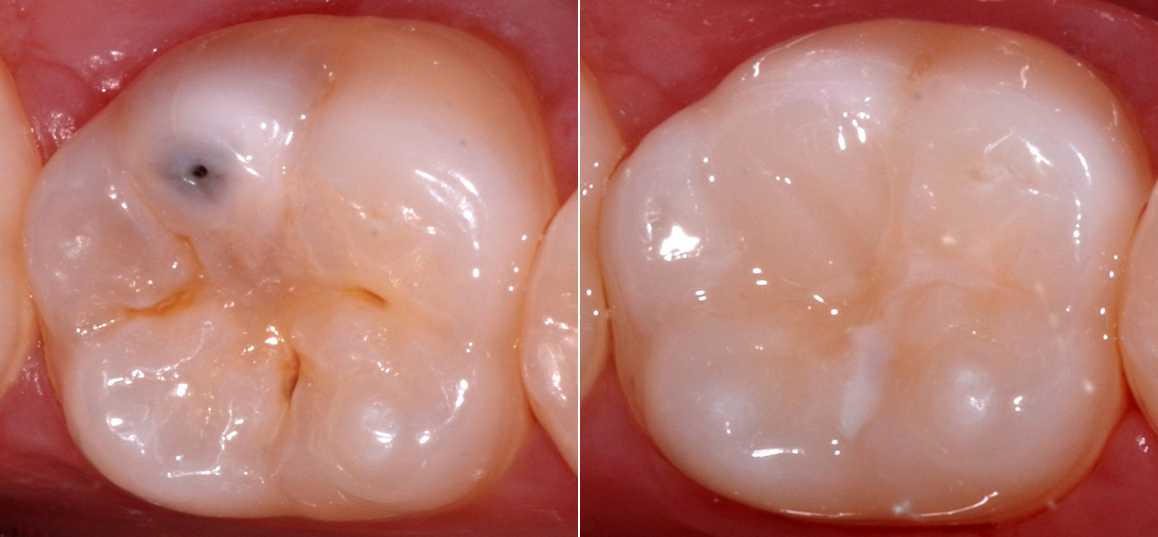When faced with the prospect of a cavity filling, many patients are keenly aware of the implications for their oral health. However, a pressing question often looms post-treatment: Can you smoke after a cavity filling? While it may seem trivial at first glance, this inquiry extends beyond mere habit; it taps into the broader themes of oral health, healing, and personal choices. In this exploration, we will dissect the multifaceted aspects surrounding this question, immerse ourselves in the potential ramifications of smoking post-filling, and, ultimately, prompt a shift in perspective towards better dental practices.
To set the stage, let’s dissect the anatomy of a cavity filling. A cavity filling is more than just an aesthetic remedy; it is a meticulous procedure aimed at restoring the integrity of a tooth compromised by decay. During the filling procedure, your dentist removes the decayed material and replaces it with a restorative substance—often composite resins, dental amalgams, or glass ionomers. This restorative material not only serves a critical functional role but also plays an essential part in ensuring your tooth is shielded from further decay.
Now, back to the question of smoking post-treatment. The oral cavity is a delicate ecosystem, rife with bacteria and the natural healing processes that occur after dental procedures. Smoking introduces a multitude of toxins into this environment. These harmful substances can impede the body’s natural healing mechanisms, prolong recovery, and, in some cases, lead to complications. But let’s delve deeper—what exactly happens when one chooses to smoke after getting a cavity filled?
One immediate concern is the risk of irritation. The filling material often requires a certain amount of time to properly set and bond with the tooth structure. Smoking, particularly in the initial hours post-filling, can introduce heat and chemicals that might disturb the fragile integrity of the newly placed material. It’s akin to placing a delicate ornament under duress; the stress can result in fractures or weakening. The heat from the smoke can also exacerbate the sensitivity of the tooth, leading to discomfort that could easily be avoided.
Furthermore, let us consider the role of saliva. Saliva acts as a natural healing agent in our mouths, washing away debris and providing necessary moisture for tissue regeneration. Smoking can lead to dry mouth, a condition that reduces saliva production and consequently undermines healing. A deficient salivary flow can enhance the risk of infection following dental work. It’s a troublesome cascade that can begin with seemingly innocuous puffs of smoke.
Moreover, the health of the surrounding gums cannot be overlooked. Post-filling, the gums are in a state of recovery, having been potentially manipulated during the procedure. Cigarette smoke contains numerous irritants that can lead to inflammation or infection of the gum tissue, further complicating recovery. Signs of gum irritation might appear as swelling or discoloration, serving as a painful reminder of the decision to smoke.
Let’s also touch on the longer-term implications. Individuals who smoke may already be predisposed to dental issues due to the inherent risks associated with tobacco usage—periodontal disease, delayed healing, and a higher susceptibility to cavities. Introducing smoke into your mouth soon after a filling can reiterate these patterns, almost akin to ignoring a small flame that could evolve into a raging wildfire if not addressed.
In addition to immediate physical concerns, the psychological dimensions are worth examining. The habit of smoking often paints a picture of relaxation or relief amidst stress. However, this reliance can inadvertently create a barrier to maintaining optimal oral health. By viewing smoking as a means of coping, one might miss the opportunity to cultivate healthier habits that could provide lasting benefits far beyond dental visits.
So, what is the prudent course of action? The consensus from dental professionals suggests exercising caution. It is widely advised to refrain from smoking for at least 48 hours following a cavity filling. This short period can significantly enhance the possibility of successful healing and reintegration of the filling into your dental architecture. Perhaps consider replacing the urge to smoke with healthier coping mechanisms—deep breathing, engaging in a rewarding hobby, or even a brisk walk can serve as effective alternatives.
In retrospect, able to ponder the implications of smoking after a cavity filling highlights an intricate balance between personal freedom and health maintenance. This moment post-treatment begs for reflection—a chance to contemplate whether small decisions, like smoking, align with the broader vision of one’s well-being.
Ultimately, the act of smoking post-filling juxtaposes immediate gratification against long-term health. By opting to abstain during the crucial recovery window, individuals create a ripple effect benefitting their overall dental hygiene. The conversation around smoking is not solely about adhering to restrictions but rather a journey towards embracing choices that poignantly foster holistic health.
In closing, while the temptation to smoke might linger, it is vital to recognize that proper post-care can ensure that your cavity filling serves its intended purpose. The path to optimal oral health is often paved with conscious decisions, and each choice reflects a ripple in the fabric of one’s overall well-being. So, the next time the question arises, “Can you smoke after a cavity filling?” one might instead consider, “What steps can I take to nurture this investment in my health?”
